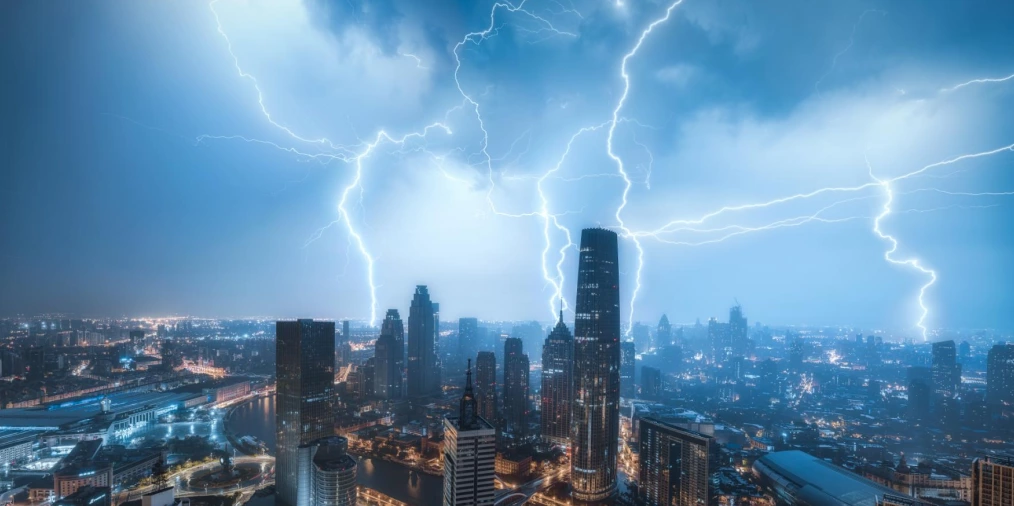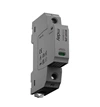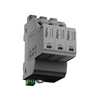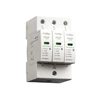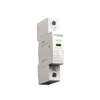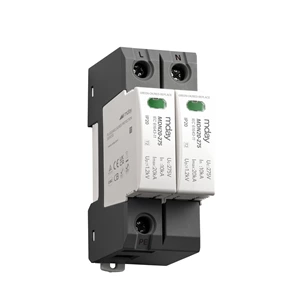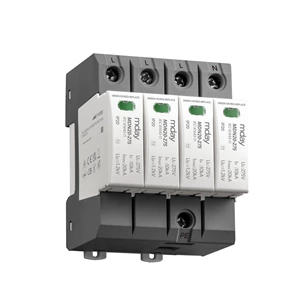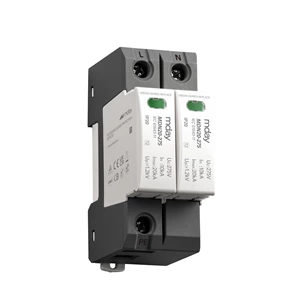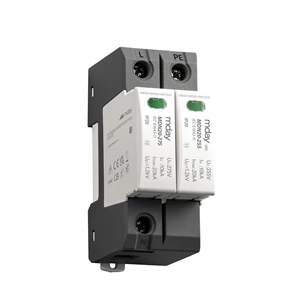In-depth Analysis Of Common Technical Defects In Lightning Protection Systems
1. Detection Equipment and Operational Issues
Equipment Errors and Calibration Deficiencies
Prolonged use surge protective device or improper maintenance leads to performance degradation of detection equipment, with calibration deviations directly affecting result accuracy.
Solution: Regular maintenance and calibration of equipment, adoption of high-precision detection technologies (e.g., infrared thermography).
Limitations of Lightning Strike Simulation Testing
Laboratory simulations often fail to replicate real-world lightning conditions (e.g., rapid rise time, irregular waveforms), resulting in insufficient validation of protection designs surge protection device.
Improvement Approach: Optimize simulation equipment and incorporate complex lightning waveform parameters.
2. Design and Installation Defects in Lightning Protection Systems
Air-Termination System Issues
Corrosion, fractures, or tilting (replace if corrosion exceeds 30%).
Improper installation location (e.g., failure to center installation on parapet walls less than 300mm wide).
Hidden installation complicates inspections, while aesthetic considerations may compromise protection performance.
Grounding System Defects
surge protector Excessive grounding resistance (>10Ω), high soil resistivity, corrosion at connection points, or loose joints.
Corrective Measures: Use corrosion-resistant materials (e.g., hot-dip galvanized steel), apply soil resistivity reducers, and enhance sealing against moisture ingress.
Surge Protective Device (SPD) Failures
Incorrect selection, aging, or improper installation leading to ineffective overvoltage suppression.
Action Required: Regular testing of leakage current and condition assessment based on real-time monitoring data.
3. Maintenance and Management Shortcomings
Inspection Difficulties and Omissions
Faults in elevated or concealed locations are hard to detect, while post-renovation wiring confusion leads to missed inspections.
Solution: Implement remote monitoring technology and strengthen awareness of full-process inspection management.
Inadequate Compliance with Standards and Regulations
Some regions lack updated technical frameworks, detailed inspection criteria, and mandatory regulations.
Recommendation: Strengthen legal frameworks, clarify inspection intervals, and enforce standardized procedures.
4. Environmental and Compatibility Challenges
Electromagnetic Interference (EMI) and System Compatibility
Lightning protection systems may interfere with power and communication systems during operation.
Design Requirement: Incorporate electromagnetic shielding and ensure equipotential bonding during planning.
Material Aging and Extreme Weather Impact
Long-term exposure causes corrosion, insulation degradation, and potential failure under severe lightning strikes exceeding design limits.
Preventive Measure: Conduct pre-storm season inspections and upgrade to weather-resistant materials.
Supplementary Video Demonstration:
(Practical demonstration of corrosion treatment for air-termination conductors and grounding resistance testing.)
Key Standards References:
Grounding resistance ≤10Ω (GB/T 21431)
Air-termination coverage must protect critical building areas (IEC 62305)
Note: This translation adheres to international standards (IEC/GB) and ensures technical accuracy for engineering and regulatory documentation. For industry-specific adaptations (e.g., automotive, electronics), additional context may be required.
